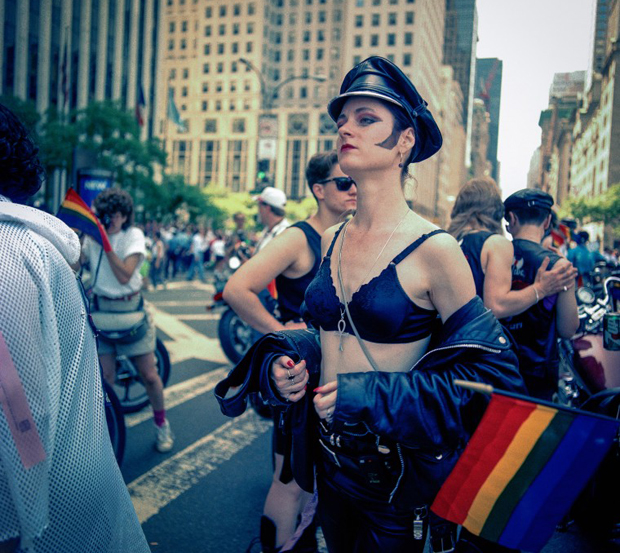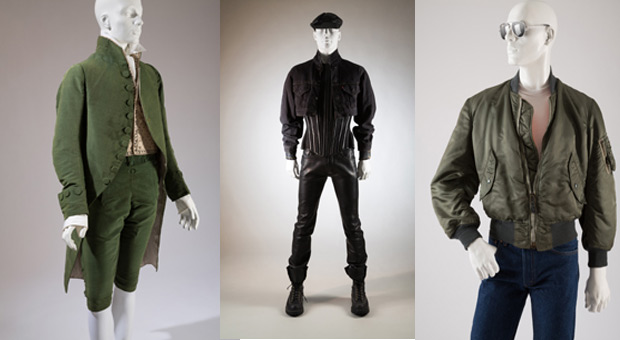
Fashion's queer history comes out in New York
A Queer History of Fashion: From the Closet to the Catwalk is on show now at Manhattan's Museum at FIT
In the Victorian era, a green carnation would have marked out the wearer; during the 1920s suede shoes were the key signifier; in the 1950s, a red cravat or tie would have communicated the unutterable. For as long as homosexuals have been persecuted, queer culture has found a way to express sexual orientation discreetly, often through codes of dress.
This is one of the cultural facets explored in the Museum at the Fashion Institute of Technology's latest shows, A Queer History of Fashion. Subtitled 'From the Closet to the Catwalk', the exhibition shows outfits worn by 18th century gays in London's molly houses, through to the matching wedding outfits worn at some of today's same-sex weddings, by way of lesbian sideburns and the tougher leatherwear, common in the late 20th century era of sexual liberation and gay rights.
The exhibition also draws together collections made by gay designers for an ostensibly straight audience. However, as museum director Valerie Steele explained to The International Herald Tribune, the show doesn't attempt to present one cohesive aesthetic. "There is no one queer style - this is an alternative history of fashion," Steele said.

Steele, alongside co-curator, Fred Dennis, were also careful not to out any designer who hadn't already identified him or herself as gay. Yet at points, some outfits on show seem equally at home in a straight reading of fashion. The 1978 MA1, t-shirt and jeans ensemble, for example, seems as much a part of a straight male's history of dress as it is a part of a Castro Clone's uniform.
Nevertheless, the show offers an incredibly engaging take on the uses and meaning of style. For more on the exhibition, go here. For a greater understanding of homosexual history and creativity, please take a look at our book, Art and Queer Culture. And for more on the minutiae clothes design, please consider our wonderful forthcoming title, The Anatomy of Fashion.